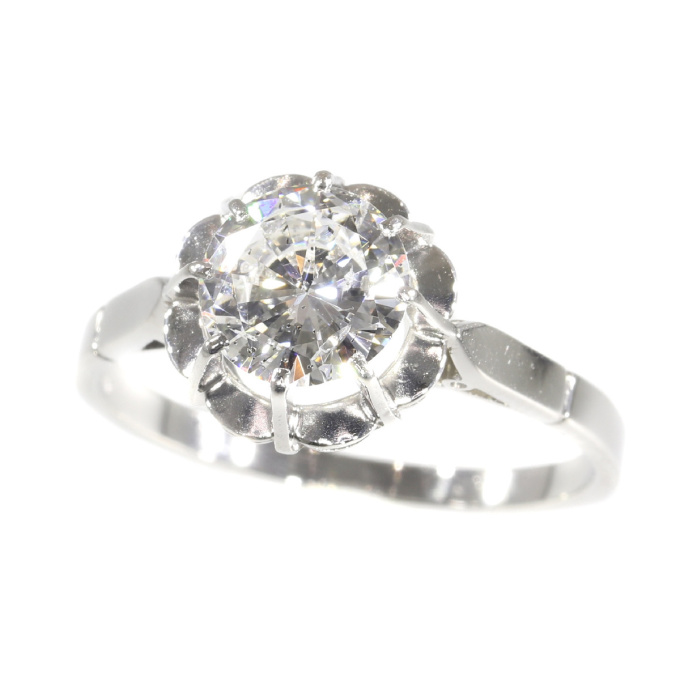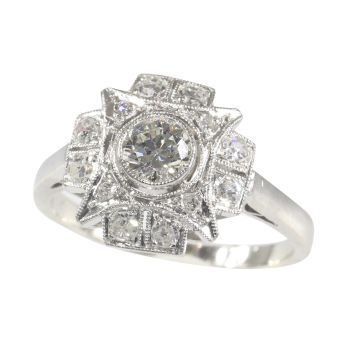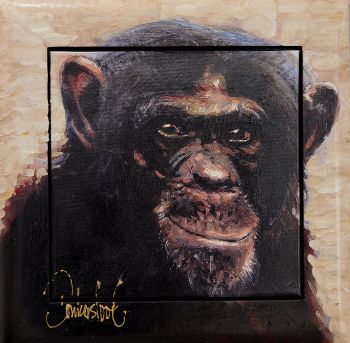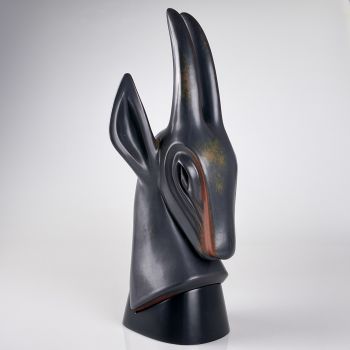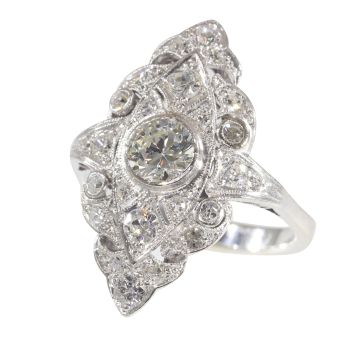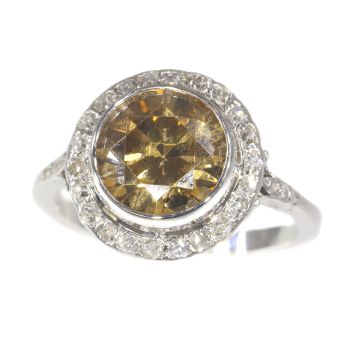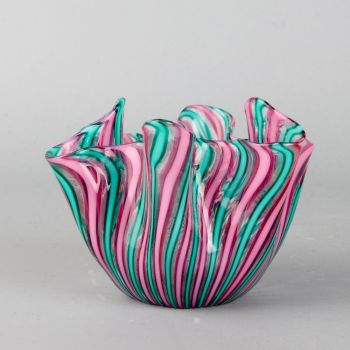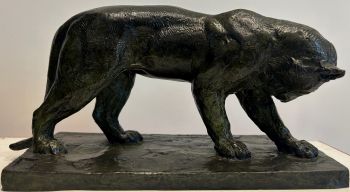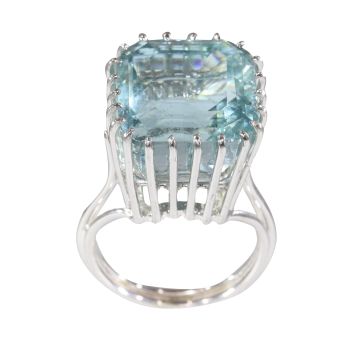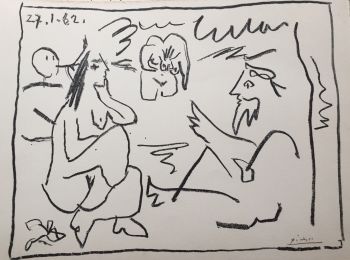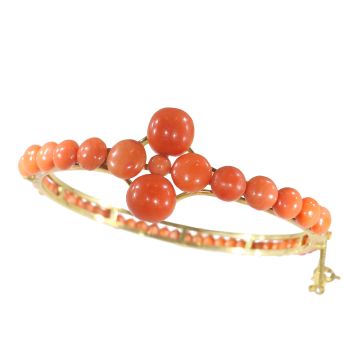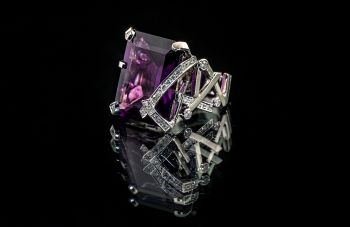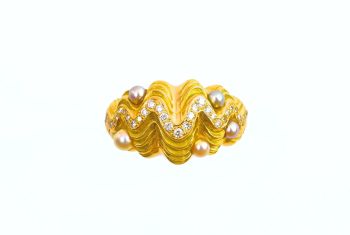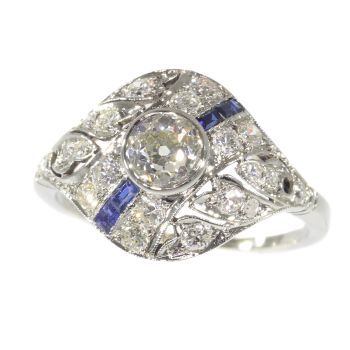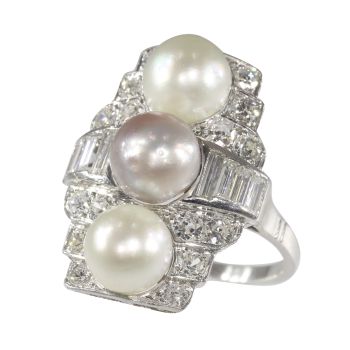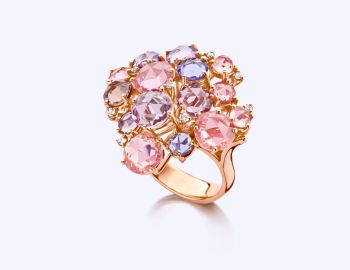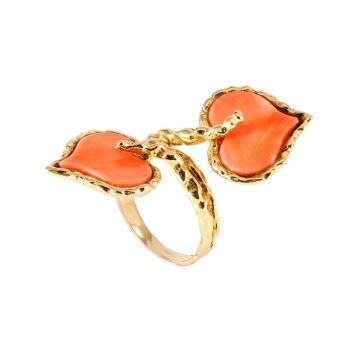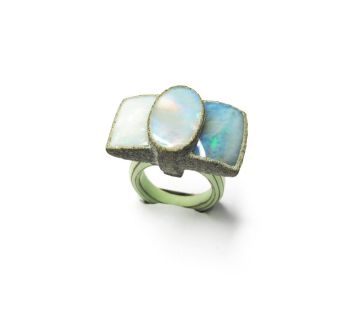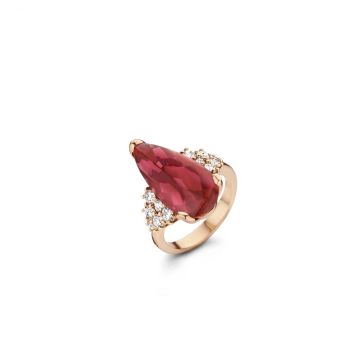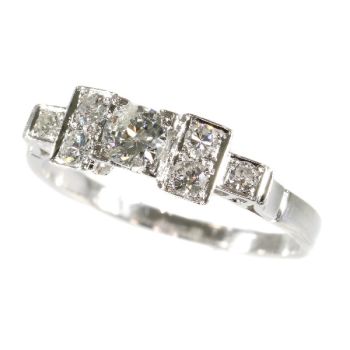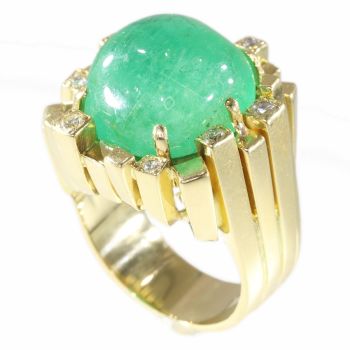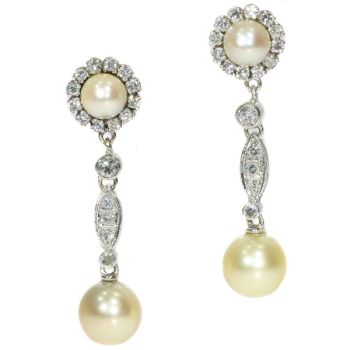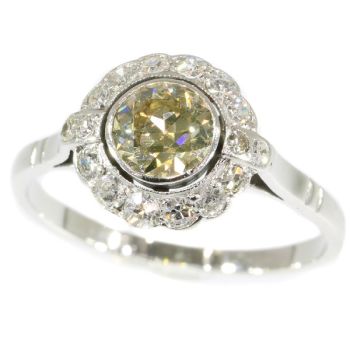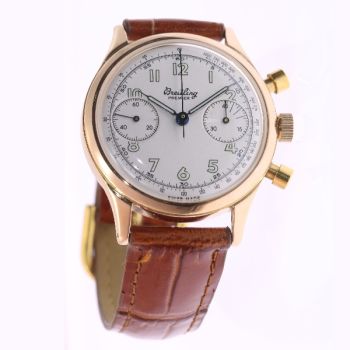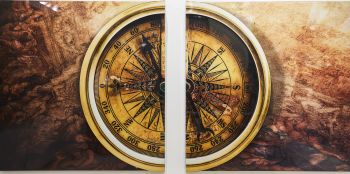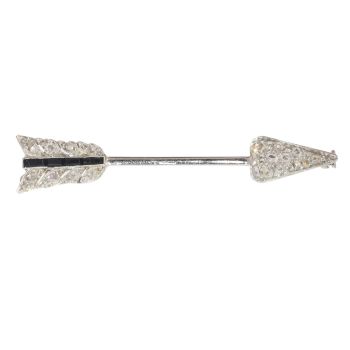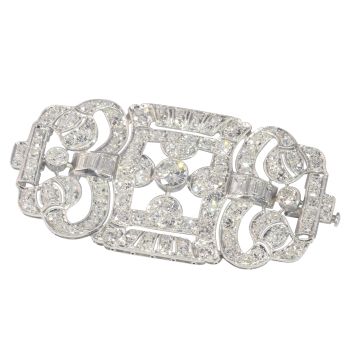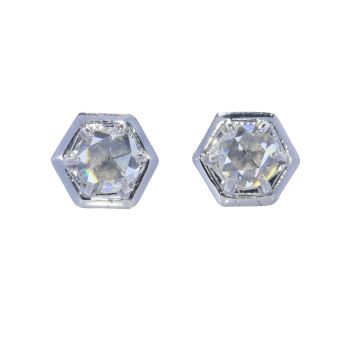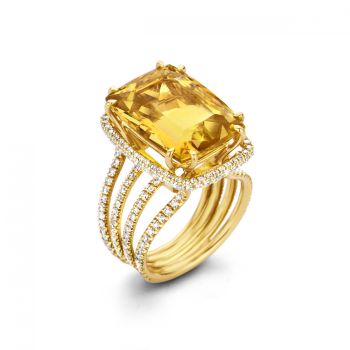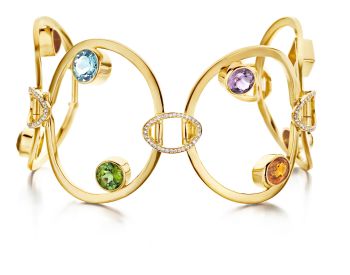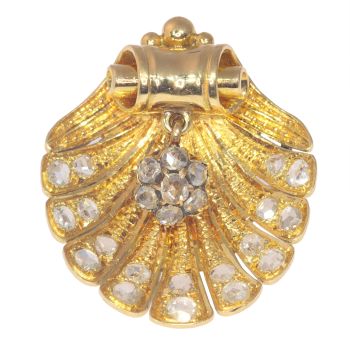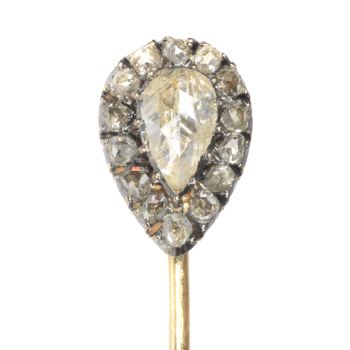Anello di fidanzamento brillante vintage anni '50 con diamante di colore D certificato 1950
Artista Sconosciuto
DiamantePietra preziosa
€ 8.300
Adin Fine Antique Jewellery
- A proposito di opere d'arte
Antique jewelry object group: solitair ring
Condition: very good condition
- (more info on our condition scale)
Country of origin: Belgium
Style: Although most people would call this style Art Deco it is more considered to be a product of the fifties of the Twentieth Century. Strongly influenced by Art Deco but also by the Retro style. That to most people this is Art Deco is no coincidence as both Retro style and Fifties style are the style successors of Art Deco.or more info on styles
Style specifics: This type of jewelry is very specific for the fifties of the twentieth century. The Art Deco period preceded only 20 years and was still used as source of inspiration, it is (even for the trained eye) sometimes very hard to note the difference betweenArt Deco and Fifties.
Period: ca. 1950
- (events & facts of this era, poetry of this era, fashion of this era)
Material: platinum (touchstone tested)
- (more info on precious metals)
Extra information: Diamond is the birthstone for the month of April, and besides being the most popular gemstone for engagement rings, it is also the anniversary gem for the 10th and 60th years of marriage.
Even though the diamond is the hardest of all gemstones known to man, it is the simplest in composition: it is common carbon. The ancient Greeks believed that diamonds were splinters of stars fallen to earth. It was even said by some that they were thetears of the Gods or perhaps crystallized lightning or hardened dew drops. The exact origin of diamonds remained something of a mystery for centuries.
In ancient times only kings wore diamonds as a symbol of strength, courage and invincibility. Over the centuries, the diamond acquired its unique status as the ultimate gift of love. It was said that Cupid's arrows were tipped with diamonds which have amagic that nothing else can ever quite equal.
But it wasn't until 1477, when Archduke Maximillian of Austria gave a diamond ring to Mary of Burgundy, that the tradition of diamond engagement rings began. Even the reason a woman wears it on the third finger of her left hand dates back to the earlyEgyptian belief that the vena amoris (vein of love) ran directly from the heart to the top of the third finger, left hand.
Diamond(s): One brilliant cut diamondwith a weight of 1.25ct. Colour and clarity: D, si 2, see also pictures for the HRD certificate.
Birthstones: Diamond is the birthstone (or month stone) for April.
- (more info on birthstones)
Hallmarks: "pt950" Which is the Belgian control mark for platinum. And the outer shape of the master mark is in the shape of a barrel and was taken offically in use in Belgium since 1952 (but was already used before that date).
- (more info on hallmarks)
Dimensions: - See picture with a ruler in cm and inches
Weight: 4,10 gram (2,64 dwt)
Ring size Continental: 56 & 17¾ , Size US 7½ , Size UK: O½
Resizing: Free resizing (only for extreme resizing we have to charge).
- (more info on ring sizes)
Adin Reference Nº: 20174-0078
Copyright photography: Adin, fine antique jewellery
platinum jewelry, jewelry with diamond, latest acquisitions,
antique jewelry, estate jewelry, vintage jewelry or modern jewelry
Jewelry with birthstones (or month stones) for:
January - February - March - April - May - June - July
August - September - October - November or December.
Additional information:
jewelry glossary - wall of fame - visit us in Antwerp - subscribe to our mailinglist.
What is antique jewelry? - What is estate jewelry? - What is vintage jewelry?
- A proposito di opere artista
Può succedere che un artista o un creatore sia sconosciuto.
Alcune opere non sono determinate da chi sono state realizzate o sono state realizzate da (un gruppo di) artigiani. Esempi sono statue dell'antichità, mobili, specchi o firme non chiare o leggibili ma anche alcune opere non sono affatto firmate.
Inoltre puoi trovare la seguente descrizione:
•"Attribuito a …." A loro avviso probabilmente opera dell'artista, almeno in parte
•“Studio di ….” o “Officina di” A loro avviso un'opera eseguita nello studio o nella bottega dell'artista, eventualmente sotto la sua supervisione
•“Cerchio di…” A loro avviso un'opera del periodo dell'artista che mostra la sua influenza, strettamente legata all'artista ma non necessariamente al suo allievo
•"Stile di..." o "Seguace di..." A loro avviso un'opera eseguita nello stile dell'artista ma non necessariamente da un allievo; può essere contemporaneo o quasi contemporaneo
•“Modalità di…” A loro avviso un'opera nello stile dell'artista ma di epoca successiva
•"Dopo …." A loro avviso una copia (di qualsiasi data) di un'opera dell'artista
•“Firmato…”, “Datato…” o “Iscritto” A loro avviso l'opera è stata firmata/datata/inscritta dall'artista. L'aggiunta di un punto interrogativo indica un elemento di dubbio
•"Con firma....", "Con data...", "Con iscrizione..." o “Riporta firma/data/iscrizione” a loro avviso la firma/data/iscrizione è stata aggiunta da qualcuno diverso dall'artista
Sei interessato ad acquistare questa opera d'arte?
Artwork details
Related artworks
- 1 - 4 / 12
Roger Godchaux
A bronze panther, with a nuanced green and textured patina.1950
Prezzo su richiestaMarco Boes Antiques
1 - 4 / 24- 1 - 4 / 24
- 1 - 4 / 23
- 1 - 4 / 24
- 1 - 4 / 12

